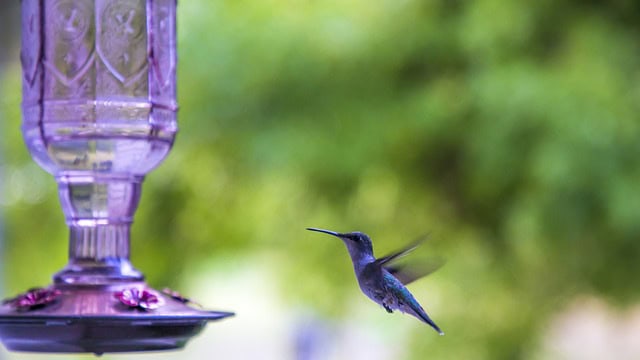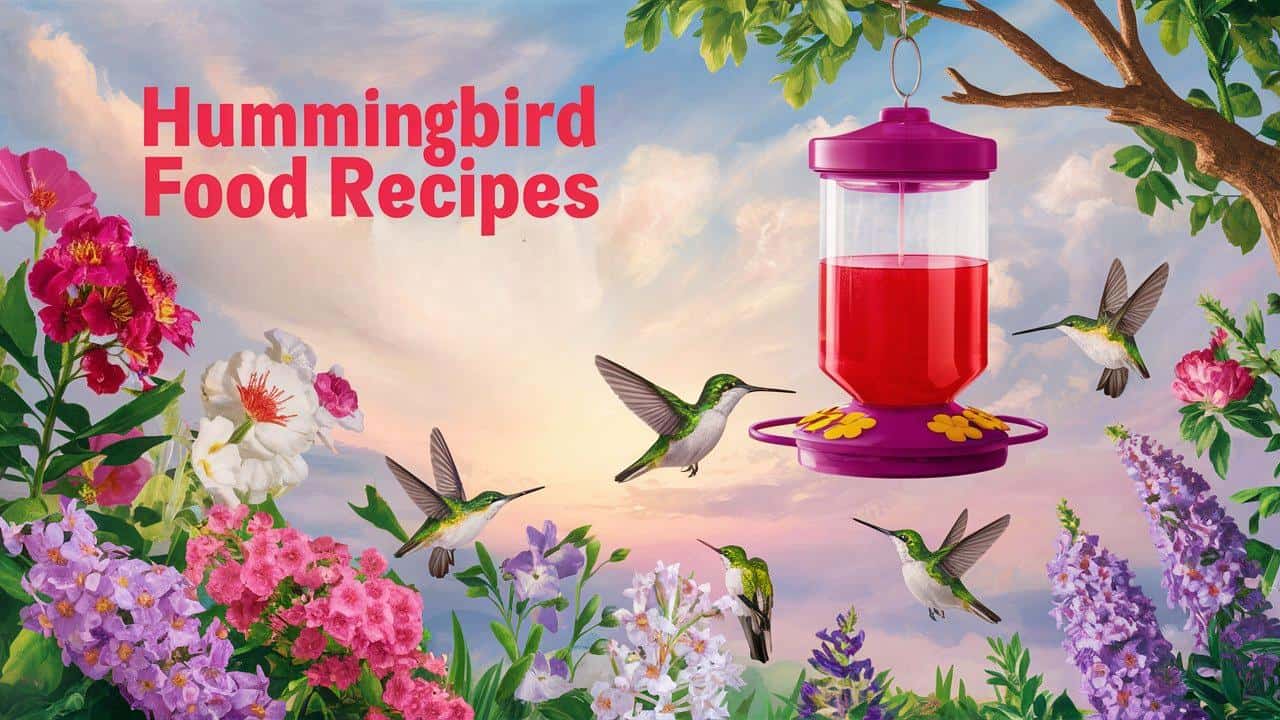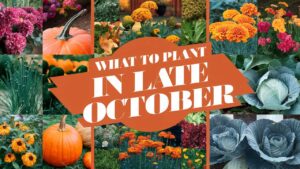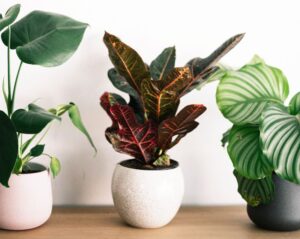Hummingbirds, with their dazzling iridescent feathers and lightning-fast wings, are a joy to watch. These tiny creatures are essential pollinators, flitting from flower to flower, sipping nectar and spreading life. But did you know you can attract these feathered jewels to your backyard with a simple, homemade recipe?
What Do Hummingbirds Eat?
Hummingbirds are natural nectarivores, meaning their diet primarily consists of nectar. This sugary liquid, found in flowers, provides them with the energy they need for their incredible flight patterns.
While they do occasionally supplement their diet with insects for protein, nectar remains their primary source of nourishment.
Easy Hummingbird Food Recipe: A Sweet and Simple Solution

The key to making hummingbird food is simplicity. These tiny birds have specialized digestive systems that can only process simple sugars. Here’s what you need:
Ingredients:
One-quarter cup of refined white sugar
One cup of hot water
Steps to Create Hummingbird Food
Step 1: Heat some water. Bring the water to a boil in a small saucepan.
Step 2: Add the sugar. Slowly stir in the sugar until it completely dissolves.
Step 3: Fill the feeder and hang it in an optimal location. Let the mixture cool completely. Once cool, use a funnel (optional) to pour the nectar into your hummingbird feeder. Hang your feeder in a sunny location, preferably near flowers, where hummingbirds will be able to easily spot it.
Step 4: Store extra hummingbird food in the refrigerator. Any leftover nectar can be stored in a sealed container in the refrigerator for up to 3-4 days.
Step 5: Clean the feeder regularly. Clean your feeder every 3-4 days, or more often in hot weather, to prevent the growth of mold and bacteria. Use a bottle brush and warm, soapy water to thoroughly clean the feeder.
Why This Recipe Works
This simple recipe mimics the natural nectar that hummingbirds find in flowers. The sugar provides the necessary energy for their high metabolism and constant flight.
Tools & Materials: Setting Up Your Feeder
To ensure your hummingbirds have a safe and enjoyable dining experience, you’ll need a few essential tools:
1. Hummingbird Feeder:
Choose a feeder with a variety of feeding ports to accommodate multiple birds.
Opt for a feeder with a wide opening for easy cleaning.
Consider a feeder with an ant moat to deter pesky ants.
2. Measuring Cup & Spoon:
Use a measuring cup to accurately measure the water and sugar.
A spoon helps to stir the sugar into the hot water. Funnel (Optional):**
A funnel makes pouring the cooled nectar into the feeder cleaner and easier.
4. Storage Container (Optional):
Store any leftover nectar in a sealed container in the refrigerator for up to 3-4 days.
5. Bottle Brush (Optional):
Clean your feeder regularly with a bottle brush and warm, soapy water.
6. Bottled or Purified Water (Optional):
Using bottled or purified water helps prevent the growth of mold and bacteria in your nectar.
7. Granulated White Sugar:
Use only granulated white sugar. Avoid using brown sugar, honey, or artificial sweeteners, as these can be harmful to hummingbirds.
8. Dish Soap:
Use a mild dish soap to clean your feeder. Avoid using harsh detergents.
What Sugar is Best for Hummingbird Feeders?
The best sugar for hummingbird feeders is granulated white sugar. It’s the simplest sugar, easily digested by hummingbirds. Avoid brown sugar, honey, or artificial sweeteners, as these can be harmful to these tiny creatures.
Should You Add Red Food Coloring?
It’s best to avoid adding red food coloring to your hummingbird food. While hummingbirds are attracted to red, the color itself is not essential. In fact, red food coloring can be harmful to hummingbirds, potentially causing liver damage. The red color of your feeder should be enough to attract them.
How Long Will the Homemade Hummingbird Food Recipe Keep?
Homemade hummingbird food will keep for 3-4 days in the refrigerator. Always make sure the nectar is cool before storing it in the fridge. Change the nectar in your feeder every 2-3 days, especially in hot weather, to prevent the growth of mold and bacteria.
Tips for Feeding Hummingbirds
Clean your feeder regularly: Clean your feeder every 3-4 days, or more often in hot weather, to prevent the growth of mold and bacteria. Use a bottle brush and warm, soapy water to thoroughly clean the feeder.
Choose the right feeder: Opt for a feeder with multiple feeding ports, a wide opening for easy cleaning, and an ant moat to deter pesky ants.
Provide a variety of feeders: If you have a lot of hummingbirds in your area, consider providing multiple feeders to reduce competition.
Hang your feeders in a sunny spot: Hummingbirds are attracted to bright colors and sunlight.
Enjoy the show! Relax and watch these amazing creatures as they flit and dart from feeder to feeder.
By following these simple steps, you can provide a welcoming haven for these tiny winged marvels and enjoy their beauty and energy in your own backyard. Remember, a little bit of sugar goes a long way in creating a happy hummingbird sanctuary.
Write an in-depth informative, unique, original, blog post about titled “Hummingbird Food Recipe” Sections: What sugar is best for hummingbird feeders? Should you add red food coloring? How long will the homemade hummingbird food recipe keep? Tips for Feeding Hummingbirds Related Articles





